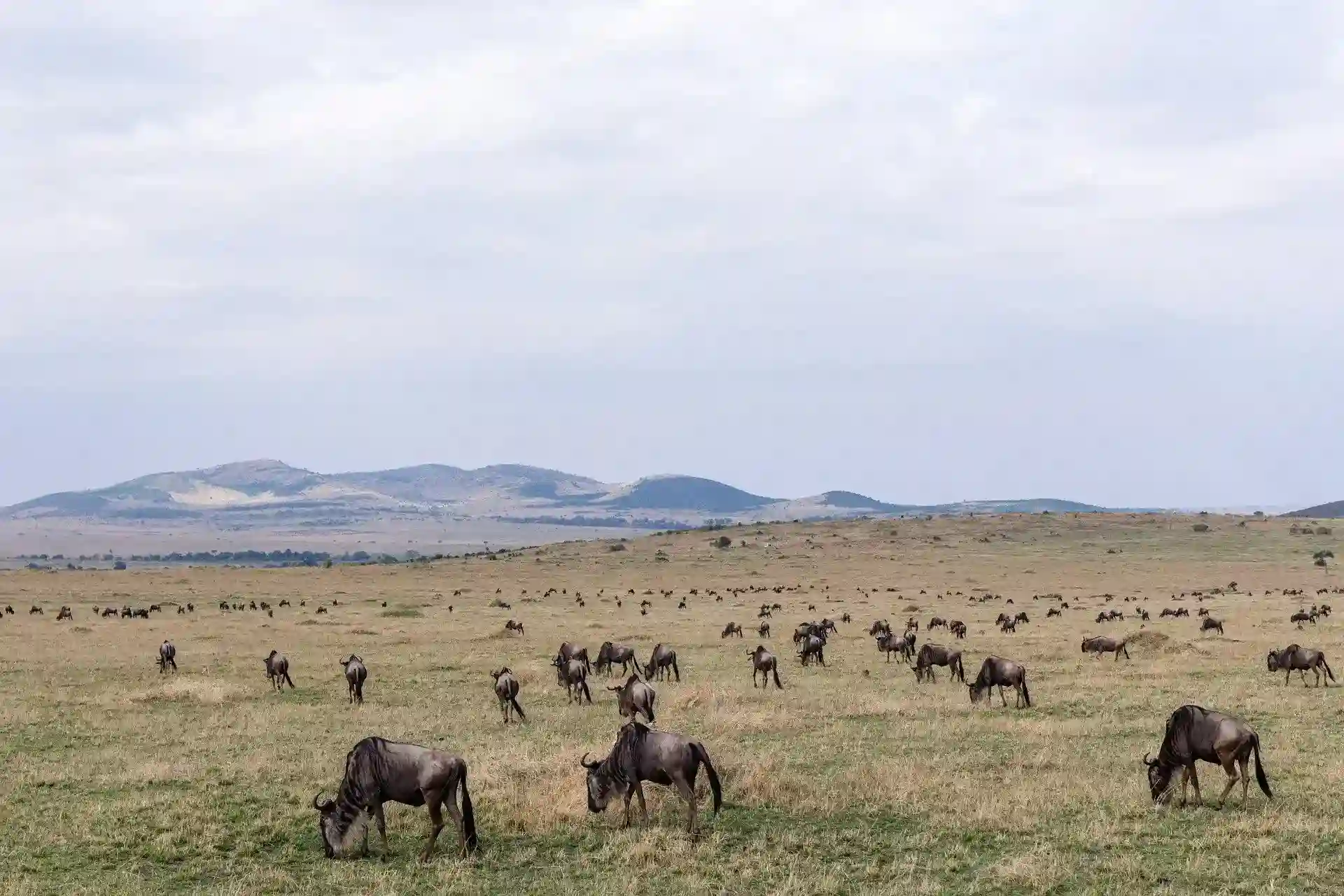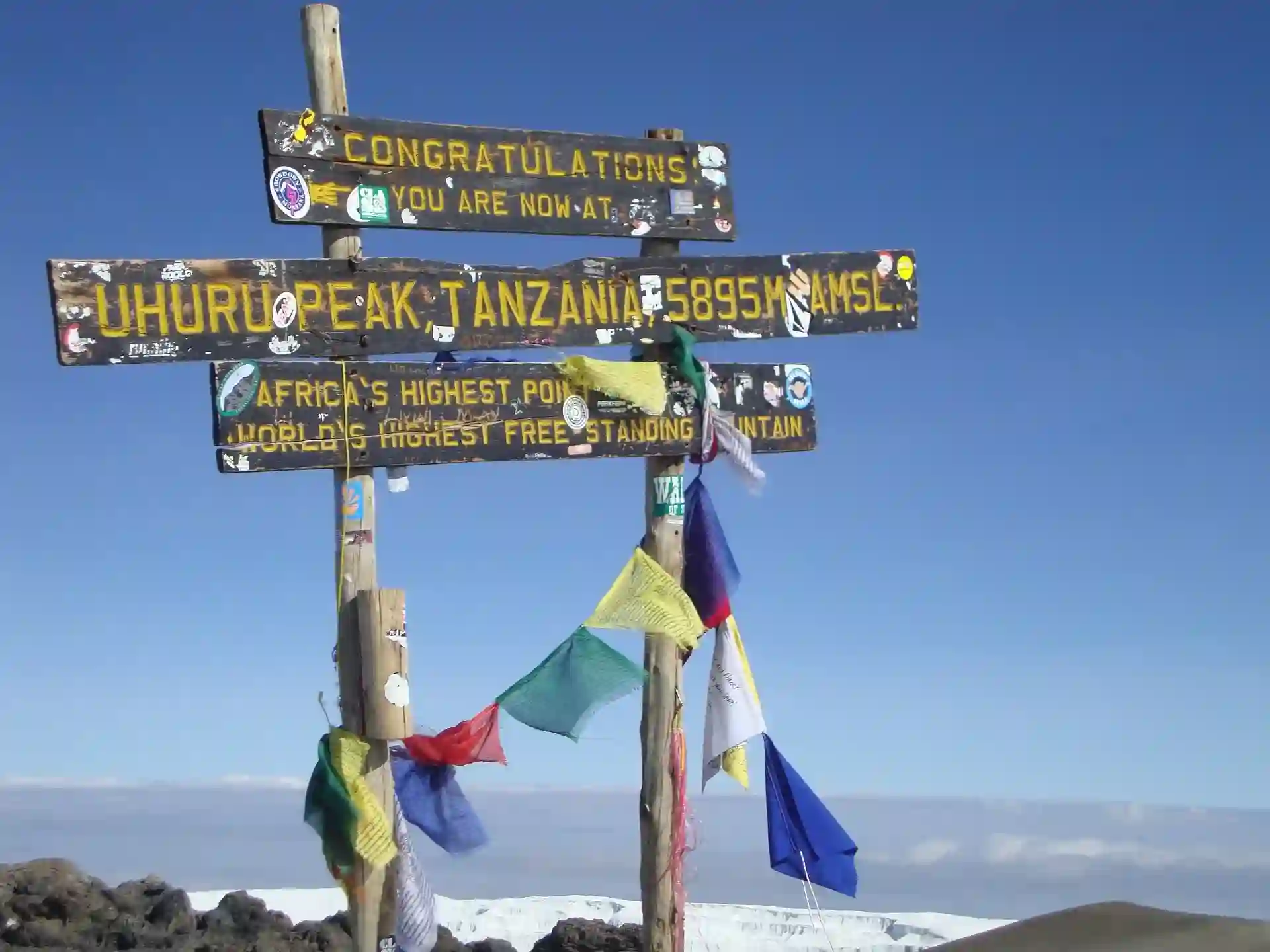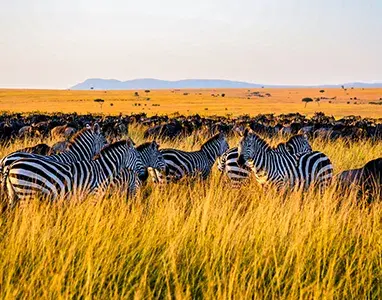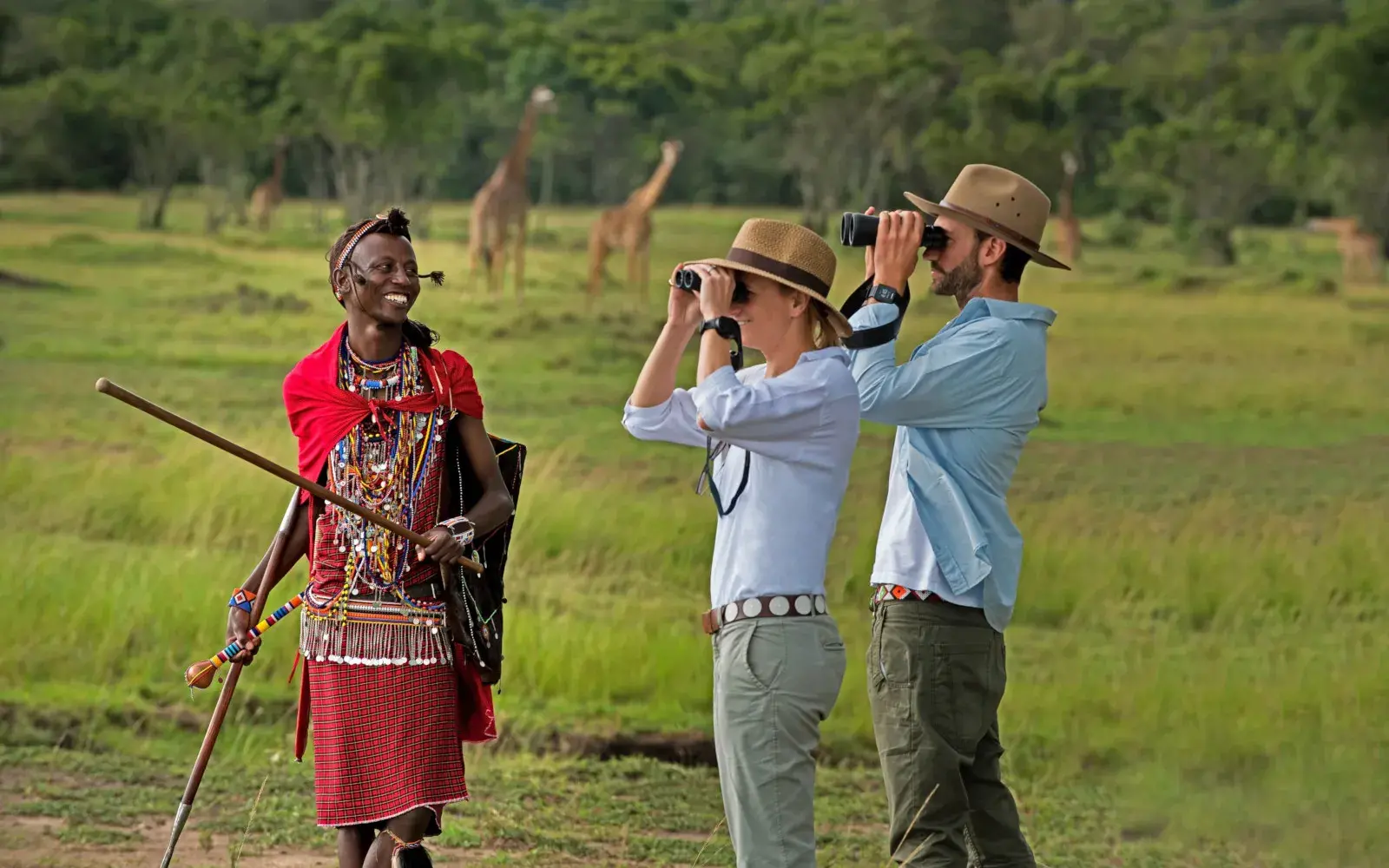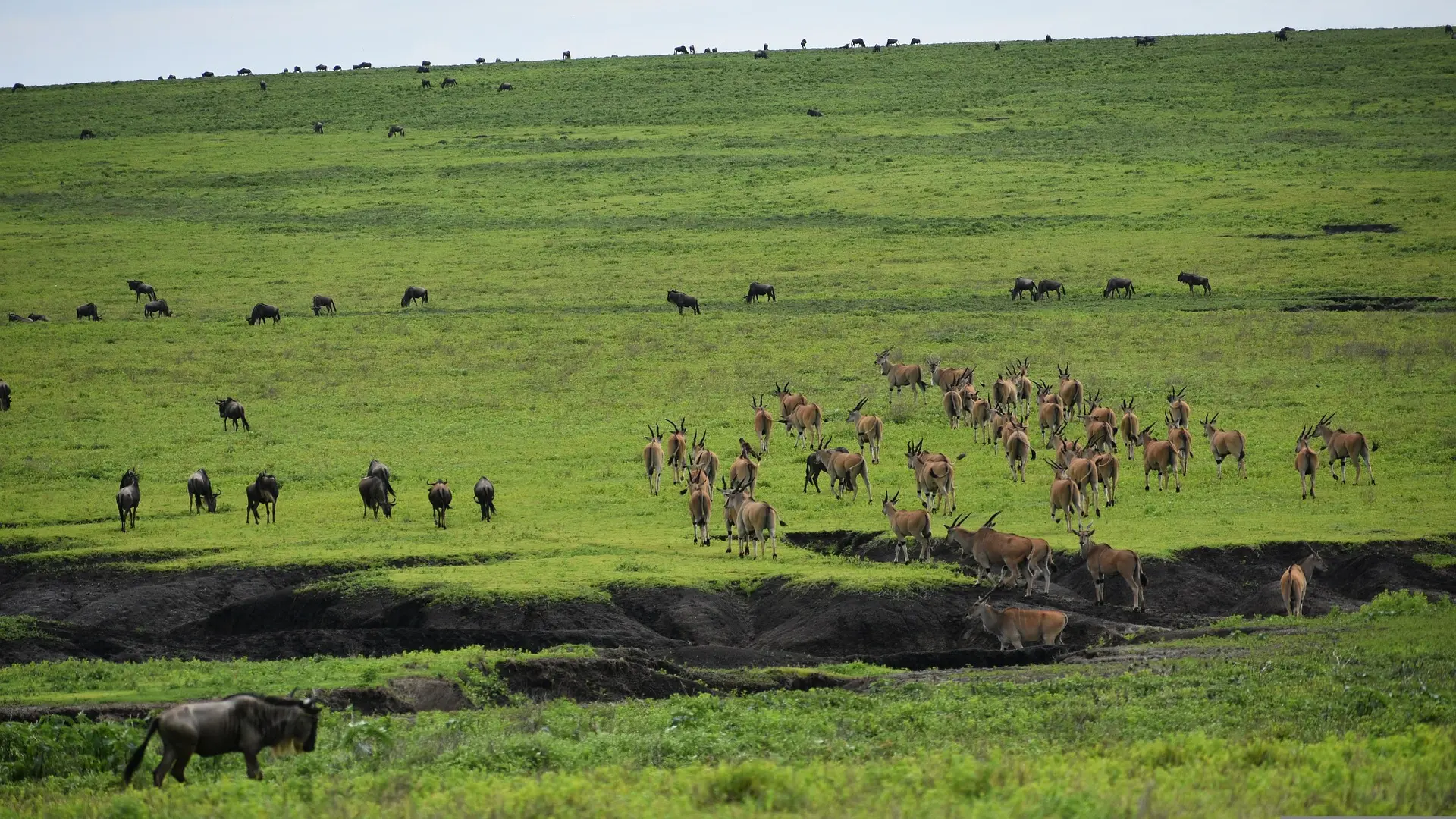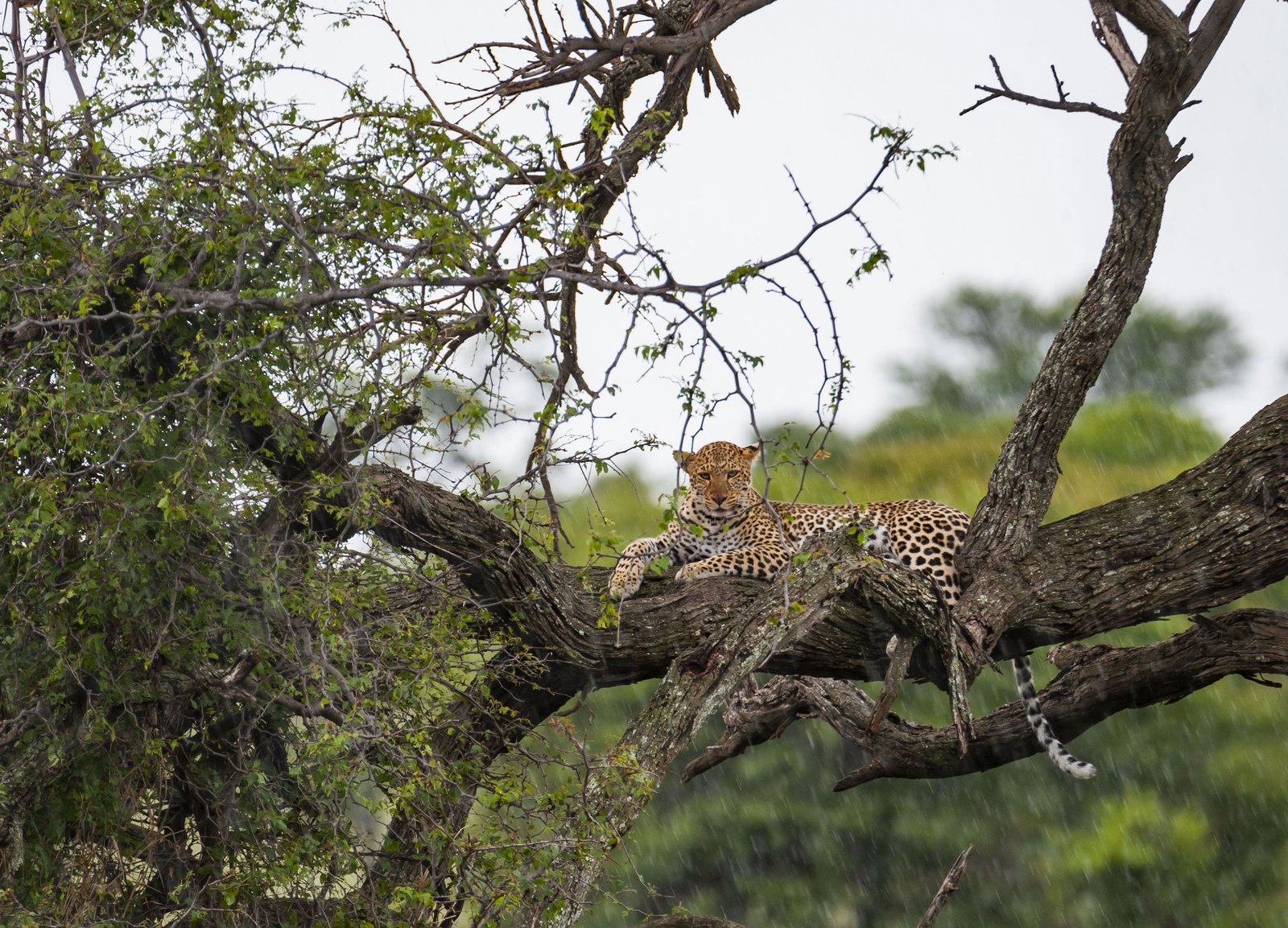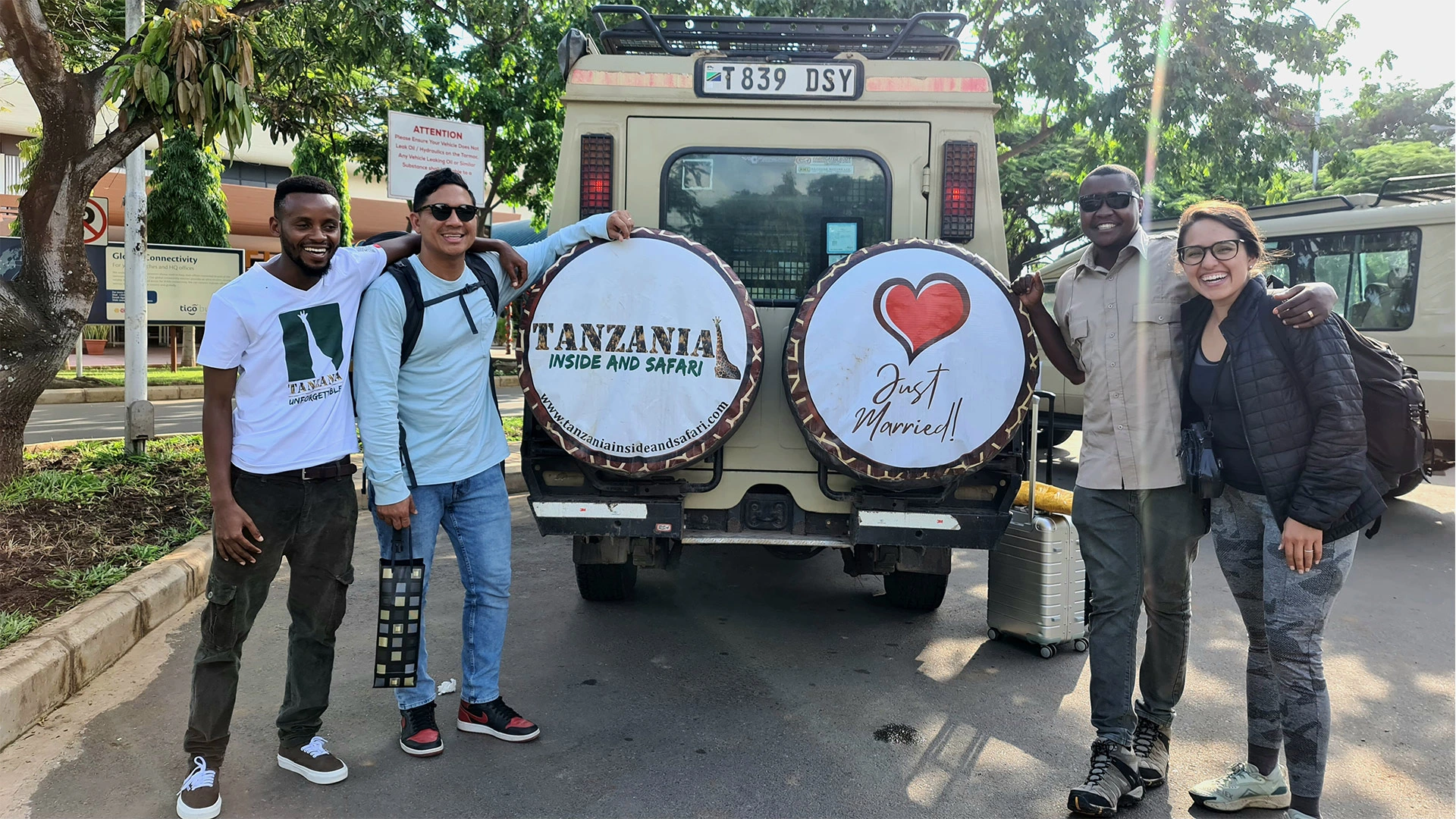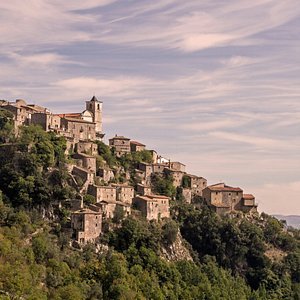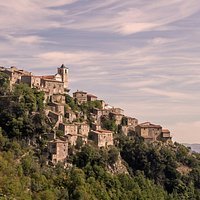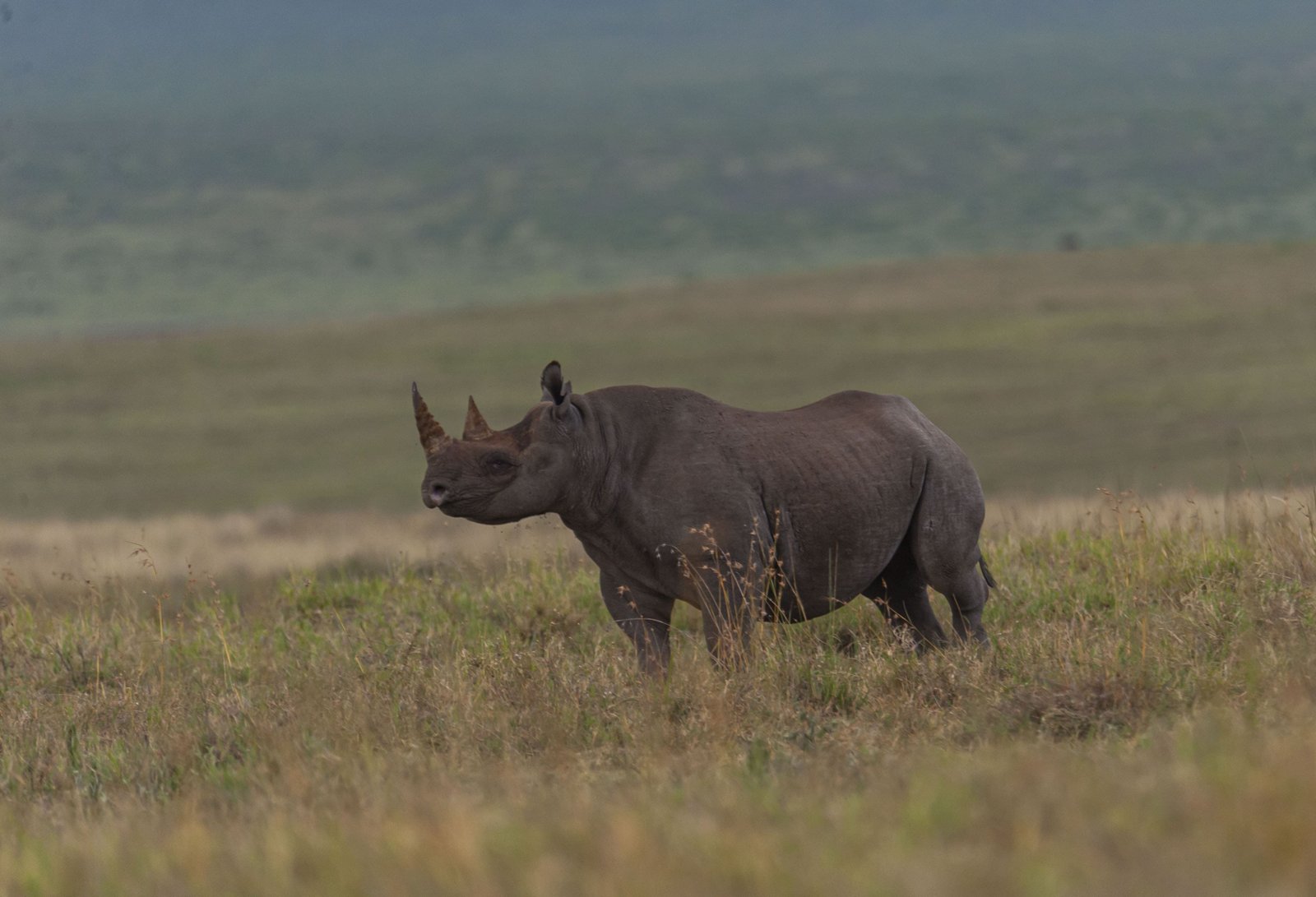
Ngorongoro Crater: Africa's Eden
The Ngorongoro Crater, a breathtaking natural wonder in Tanzania, is often referred to as "Africa's Eden." This massive volcanic caldera, teeming with wildlife and stunning landscapes, offers an unparalleled safari experience. Its unique ecosystem and abundant animal populations make it a must-visit destination for any traveler seeking an unforgettable African adventure.
Introduction
The Ngorongoro Crater is the world's largest intact volcanic caldera, a collapsed volcano that has formed a self-contained ecosystem. Within its towering walls, a diverse range of habitats supports a remarkable concentration of wildlife, making it one of the most extraordinary safari destinations on the planet.
Location
The Ngorongoro Crater is located in northern Tanzania, within the Ngorongoro Conservation Area, a UNESCO World Heritage Site. It's situated between the Serengeti National Park and Lake Manyara National Park, making it a key part of Tanzania's renowned Northern Safari Circuit.
Getting There
- By Road: The most common way to access the Ngorongoro Crater is by road from Arusha. The drive takes approximately 3-4 hours and offers scenic views of the Tanzanian countryside.
- By Air: Charter flights are available to nearby airstrips, providing a faster and more luxurious option for those with limited time.
Best Time to Visit
- Dry Season (June to October): This is generally considered the best time for wildlife viewing, as animals congregate around water sources within the crater. The dry season also offers excellent opportunities for photography due to clear skies and less vegetation.
- Wet Season (November to May): The wet season transforms the crater into a lush green paradise, attracting migratory birds and newborn animals. While wildlife viewing may be less concentrated, the landscapes are stunning, and the crater is less crowded. This season is particularly good for bird watching.
Attractions
- Wildlife Viewing: The Ngorongoro Crater is renowned for its high concentration of wildlife, including the "Big Five" (lions, leopards, elephants, buffaloes, and rhinoceros). Other notable species include zebras, wildebeest, hippos, hyenas, and various antelope.
- Lake Magadi: This alkaline lake at the crater's floor attracts a vast array of waterbirds, including flamingos, pelicans, and storks.
- Lerai Forest: This acacia forest within the crater provides habitat for elephants, monkeys, and various bird species.
- Gorge Viewpoints: The crater rim offers stunning panoramic views of the caldera and its diverse landscapes.
- Olduvai Gorge: Located within the Ngorongoro Conservation Area, Olduvai Gorge is a significant archaeological site known as the "Cradle of Mankind," where early human fossils have been discovered.
- Maasai Cultural Encounters: The Ngorongoro Conservation Area is home to the Maasai people, offering opportunities to learn about their traditional culture and way of life.
- Bird Watching: The crater's diverse habitats support a rich variety of birdlife, making it a paradise for birdwatchers.
What Makes It Famous
- High Wildlife Concentration: The crater's unique ecosystem supports an extraordinary density of wildlife, making it one of the best places in Africa for game viewing.
- "Big Five" Encounters: The Ngorongoro Crater is one of the few places in Africa where visitors have a high chance of seeing all of the "Big Five" in a single day.
- Stunning Scenery: The crater's dramatic landscapes, including the towering walls and expansive floor, create a breathtaking backdrop for wildlife viewing.
- Self-Contained Ecosystem: The crater's unique geology and climate have created a self-contained ecosystem, supporting a remarkable diversity of life.
- Olduvai Gorge's Archaeological Significance: The presence of Olduvai Gorge within the conservation area adds historical and archaeological significance to the region.
- Maasai Cultural Heritage: The presence of the Maasai people adds a unique cultural dimension to the Ngorongoro experience.
- Easy Wildlife Viewing: The crater floor makes wildlife viewing relatively easy, because the animals are trapped inside the crater, making for high concentrations.
The Ngorongoro Crater is a natural wonder that offers an unforgettable safari experience. Its stunning landscapes, abundant wildlife, and rich cultural heritage make it a must-visit destination for any traveler seeking to explore the beauty and diversity of Africa.


